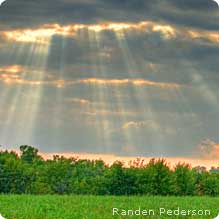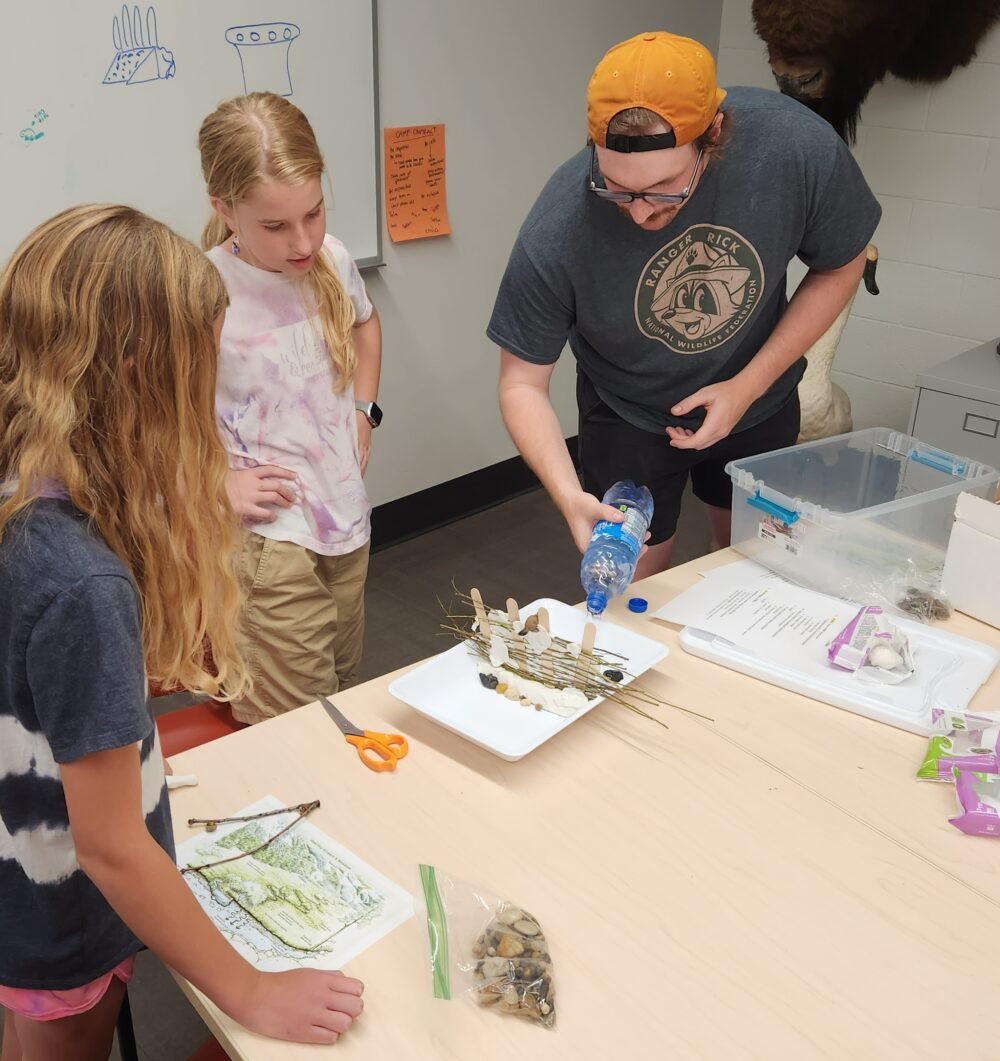We have much more to do and your continued support is needed now more than ever.
Nature Q&A: What Are Clouds Made Of?
Guest post by Jennifer Bove.
 Kids are full of questions about the world around them, and they expect parents to have the answers. I’ve been stumped more than once by my kids’ curiosity about nature. (And I’m a biologist!) So, it’s time to get smart—and get ahead of the game. Here are the answers to some common nature questions that your kids might bring to the kitchen table.
Kids are full of questions about the world around them, and they expect parents to have the answers. I’ve been stumped more than once by my kids’ curiosity about nature. (And I’m a biologist!) So, it’s time to get smart—and get ahead of the game. Here are the answers to some common nature questions that your kids might bring to the kitchen table.
1. What are clouds made of?
2. How do birds stay cool in the summer?
3. How do water striders “walk” on water?
 1. What are clouds made of?
1. What are clouds made of?
Some clouds look like giant puffs of whipped cream, and others resemble feathers, pillows, or fur. Kids (and grownups like me) can’t help but imagine how soft clouds might feel, if only we could reach high enough to touch them! But clouds are nothing but a fine mist of tiny droplets of water, so they really have very little “feel” at all.
Here’s how clouds form:
1. There is always moisture in the air around us. This moisture is an invisible gas called water vapor. When water vapor rises high into the sky where the air is colder, it condenses and forms tiny water droplets. When billions of these droplets come close enough together, a cloud is formed.
2. Wind, temperature, and humidity (the amount of moisture in the air) help push and pull clouds into different shapes. They can be thin and whispy, round and puffy, tall and thick, and almost everything in between. Scientists have named clouds according to the many shapes they take. (Check out a guide book to clouds and see how many different kinds your kids can find!)
3. When water droplets within a cloud reflect sunlight down to your eyes, the cloud looks white. But in some clouds, the droplets clump together into larger ones, leaving lots of space in between them. These clouds absorb a little or a lot of sunlight instead of reflecting it. This makes the clouds appear different shades of gray, from light to very dark.
4. Cloud droplets can keep clumping together until they form drops that are heavy enough to fall as rain. In winter, the water droplets form crystals that fall as snow.
5. When a cloud forms near the ground, we call it fog. You can walk right through the cloud and feel only a bit of dampness on your skin.
Want to go outside and learn more about the clouds you see? Try this simple cloud tracking activity.
Jennifer Bové, mom and former field biologist, is an award-winning contributor to Your Big Backyard® and the editor of three anthologies including Wild With Child: Adventures of Families in the Great Outdoors. Jennifer’s blog is filled with timely tips and family fun. Stop by for a visit at www.bovesboots.blogspot.com.





















